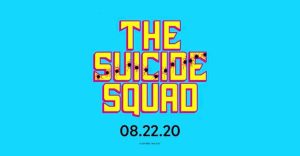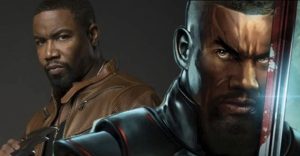How Mortal Kombat’s Story Changed Due To Memory Limitations

Memory limitations have caused issues and concessions throughout the history of game development, and the Mortal Kombat franchise was no exception. The series’ early days saw Mortal Kombat make its mark as a 2D fighting game with digitized actors playing the roles of each character. For the console releases, numerous alterations were made to ensure the game could fit on the hardware. These concessions even applied to the release of Mortal Kombat 2 and 3, resulting in changes being made to the story.
From the very first game, Mortal Kombat has taken care to craft its story around the competitors in the MK tournament. Each game builds from the last by moving forward with a canon tournament result and advancing plot-threads established in the previous installment while working in new characters to flesh out the world. The aforementioned limitations in memory presented by arcade cabinets at the time forced Mortal Kombat’s developers to make cuts to the roster between games, altering the shape of the franchise’s narrative.
Mortal Kombat‘s roster has always seen changes through its lifespan. Even as Mortal Kombat 9 retold the stories of the original MK trilogy, the roster was not kept exactly the same, as the game’s story saw some twists and turns that altered the original game’s lineup as well as the release of DLC which added even more characters. As roster cuts were made in older installments, narrative reasons were given to explain a character’s absence. Beyond Mortal Kombat’s narrative reasons, however, the limitations of the hardware at the time influenced the cuts in a unique way.
How Midway Handled Mortal Kombat’s Memory Limitations

Mortal Kombat Series Co-Creator John Tobias took to Twitter to talk about the development of the original MK trilogy in the arcades. One such factor he discussed was the exclusion of certain characters between each game, resulting in some fan-favorites missing the cut. In regards to cuts being made to the roster, Tobias said, “Lots of things changed for us between MK1 and MK2. One thing that didn’t change was a memory limitation. While we had more of it for MK2 we still didn’t have quite enough, which forced us into hard choices.” Caught between the addition of new characters and the return of the original roster, a decision was made.
By implementing character audits in the original Mortal Kombat arcade games, the developers could see the usage data of each character. Tobias continued, “Our choice to cut Sonya and Kano from MK2 was purely based on MK1 game audits. But, we learned even back then that players had emotionally attached themselves to their fav characters.The outcry from players missing Kano and Sonya in MK2 fueled their return in MK3. Johnny Cage (despite rumor and nonsense) was cut because he was the least selected character in MK2; as were, believe it or not, Raiden and Baraka.” The release of MK Trilogy saw no such limitation, as it avoided the arcade releases entirely.
“MK Trilogy was our first direct to home MK release, and while it was really an extension of UMK3, it was free from the memory limitations that had dogged us in our coin-op games. So, we used the opportunity to bring back Johnny Cage and Raiden, etc,” Tobias confirmed. Mortal Kombat’s story has seen its fair share of twists through its history, but having elements of the story change due to data limitations before reintroducing those character in a later installment shows how some of the factors behind-the-scenes can play an important role in game development that fans may (or may not) see. With DLC and patches becoming a regularity in modern day game development, data limitations seem to be a thing of the past, and the Mortal Kombat franchise continues to expand its lore and characters in each new installment.
Source: John Tobias/Twitter
About The Author

















